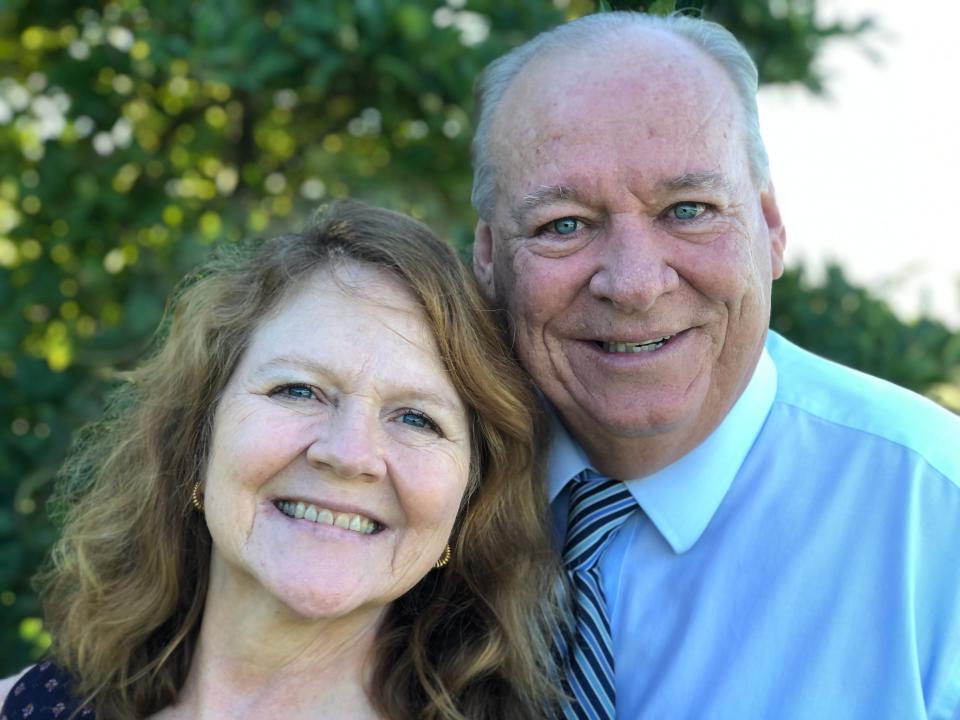Eating disorders take on many forms and can often go untreated
It’s a conundrum.
Eating disorders are the second leading cause of death resulting from mental illness, after opioid overdoses. Although treatment of either of these conditions is complex and recovery can be precarious, a person can live without ever touching another narcotic. They can’t live without food.
And therein lies the problem. The intricate relationship between food and life can quickly turn deadly if eating disorders are left untreated.
A few facts:
· 10,200 deaths each year are the direct result of an eating disorder—that’s one death every 52 minutes.
· About 26% of people with eating disorders attempt suicide.

So what exactly is an eating disorder? What may surprise you is that an eating disorder can take many forms. There is the well-known visual of anorexia nervosa, a gaunt teenage girl starving herself to death, driven by a need for perfection at any cost. But eating disorders can also manifest in a person of “normal” weight or in an overweight person. The physical and emotional toll from starvation, binging and purging can be deadly at worst, devastating to health and mental well-being, in any case.
Eating disorders include:
Anorexia Nervosa: The continuous restriction of food and nourishment, causing excessively low body weight, with the patient having an unrealistic fear of gaining weight and severe body image disturbance. The causes are many, but anorexia can be fatal or life-altering.
Bulimia Binging followed by compensatory measures such as vomiting, laxatives or diuretic; weight may appear to be close to normal, but health consequences are numerous.
Binge Eating: Recurring episodes with a patient consuming large amounts of food at once, almost unconsciously, feeling a lack of control, and then distress.
Other Disorders: There are other lesser-known eating disorders, as well, including those where only certain (or many) types of food are refused, or eating disturbances which don’t fit all markers of any one category. Both negatively impact nourishment and health.
The public has been aware of eating disorders for decades but it’s still a pervasive problem, no doubt made worse by the omnipresence of social media and celebrity worship and influence.
Something as seemingly innocuous as a Tik Tok video showing “What I Eat in a Day” encourages unhealthy attitudes about food. Diet and nutrition are not a one-size-fits-all recipe for good health.
If you, or your child, are being negatively affected by social media images and advice on eating, there are ways to enjoy social media while filtering out harmful sites or posters. This is an interesting read. https://www.lifespan.org/centers-services/eating-disorder-program.
Eating disorders cut across all populations, although they are unfortunately not recognized or treated in some groups as well as others. (The statistics below are from national resources on eating disorders.) For example:
BIPOC (Black Indigenous People of Color) with eating disorders are half as likely to be diagnosed or to receive treatment.
Black people are less likely to be diagnosed with anorexia than white people but may experience the condition for a longer period of time.
Black teenagers are 50% more likely than white teenagers to exhibit bulimic behavior, such as binge eating and purging.
Hispanic people are significantly more likely to suffer from bulimia nervosa than their non-Hispanic peers.
Gay and bisexual boys are significantly more likely to fast, vomit, or take laxatives or diet pills to control their weight.
LGBTQ youth with body dissatisfaction had twice the odds of reporting a suicide attempt in the past year compared to LGBTQ youth with body satisfaction.
Less than 6% of people with eating disorders are medically diagnosed as “underweight.”
Larger body size is both a risk factor for developing an eating disorder and a common outcome for people who struggle with bulimia and binge eating disorder.
Athletes are more likely to screen positive for an eating disorder than non‐athletes, but percentages across all probable eating disorder diagnoses are similar.
42% of 1st-3rd grade girls want to be thinner.
81% of 10 year old children are afraid of being fat.
46% of 9-11 year-olds are “sometimes” or “very often” on diets.
35-57% of adolescent girls engage in crash dieting, fasting, self-induced vomiting, diet pills, or laxatives.
42% of 1st-3rd grade girls want to be thinner.
81% of 10-year-old children are afraid of being fat.
46% of 9-11 year-olds are “sometimes” or “very often” on diets.
35-57% of adolescent girls engage in crash dieting, fasting, self-induced vomiting, diet pills, or laxatives.
Treatment for an eating disorder is complex and challenging but can be effective and lifesaving. It’s not a simple matter of forcing someone to eat, watching them eat, removing laxatives from the home. The root causes and support systems must be tackled with a multipronged approach including the patient’s family.
We at Newport Mental Health can perform a preliminary assessment and will assist to refer and support our clients in getting the specialized help that is so important to treating an eating disorder. With specialized treatment 60% of people with an eating disorder can fully recover from there condition.
For children and adolescents, we refer clients to Hasbro Hospital (https://www.lifespan.org/centers-services/eating-disorder-program.)
For people of all ages, including adults, we recommend Walden Behavioral Healthcare Eating Disorders Treatment Center (https://www.waldeneatingdisorders.com), which has a Massachusetts campus.
Jamie Lehane is president and CEO of Newport Mental Health in Middletown. Peace of Mind, which is co-written with Mary Alexandre, runs in The Daily News and online at newportri.com.
This article originally appeared on Newport Daily News: Eating disorders take on many forms and can often go untreated

